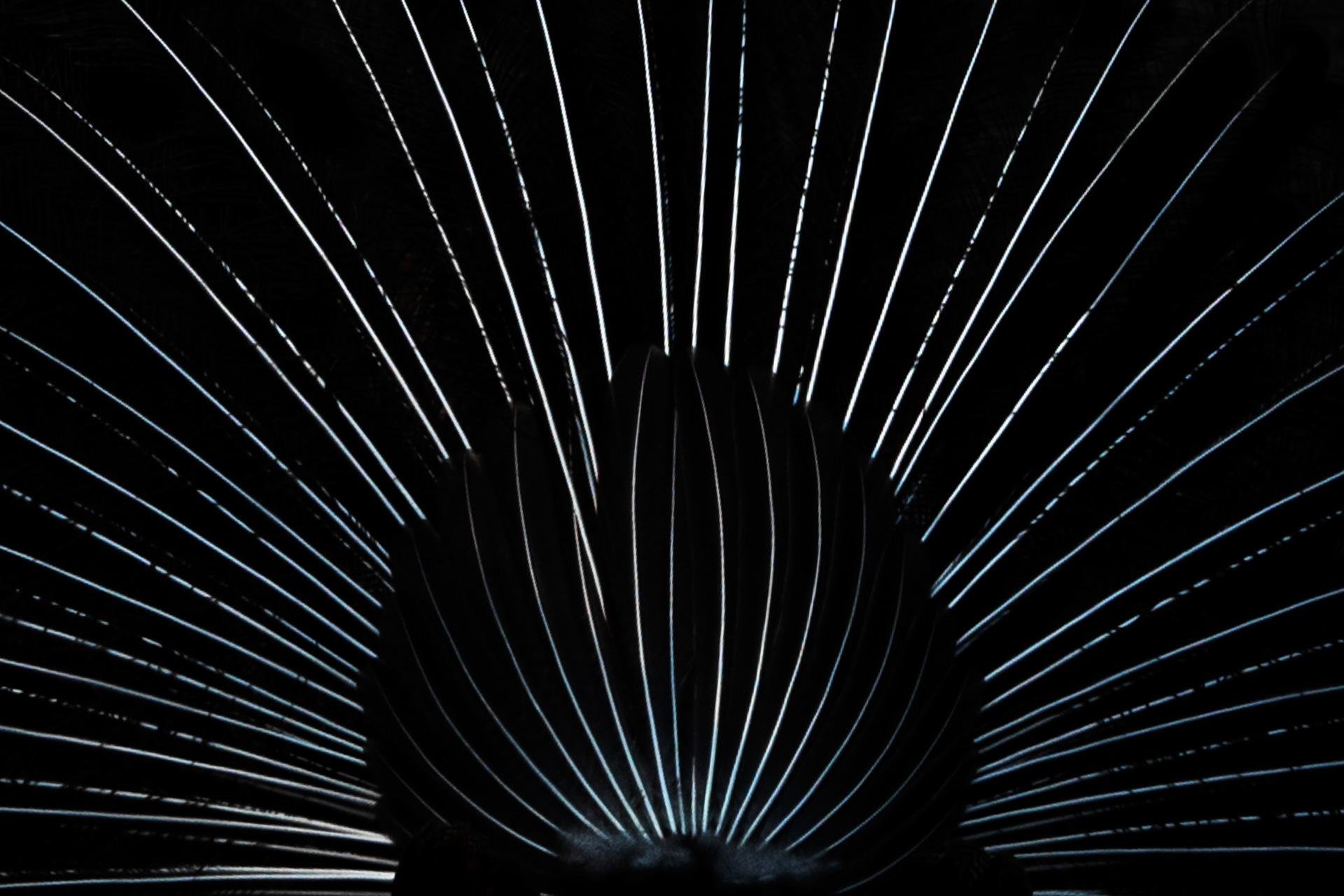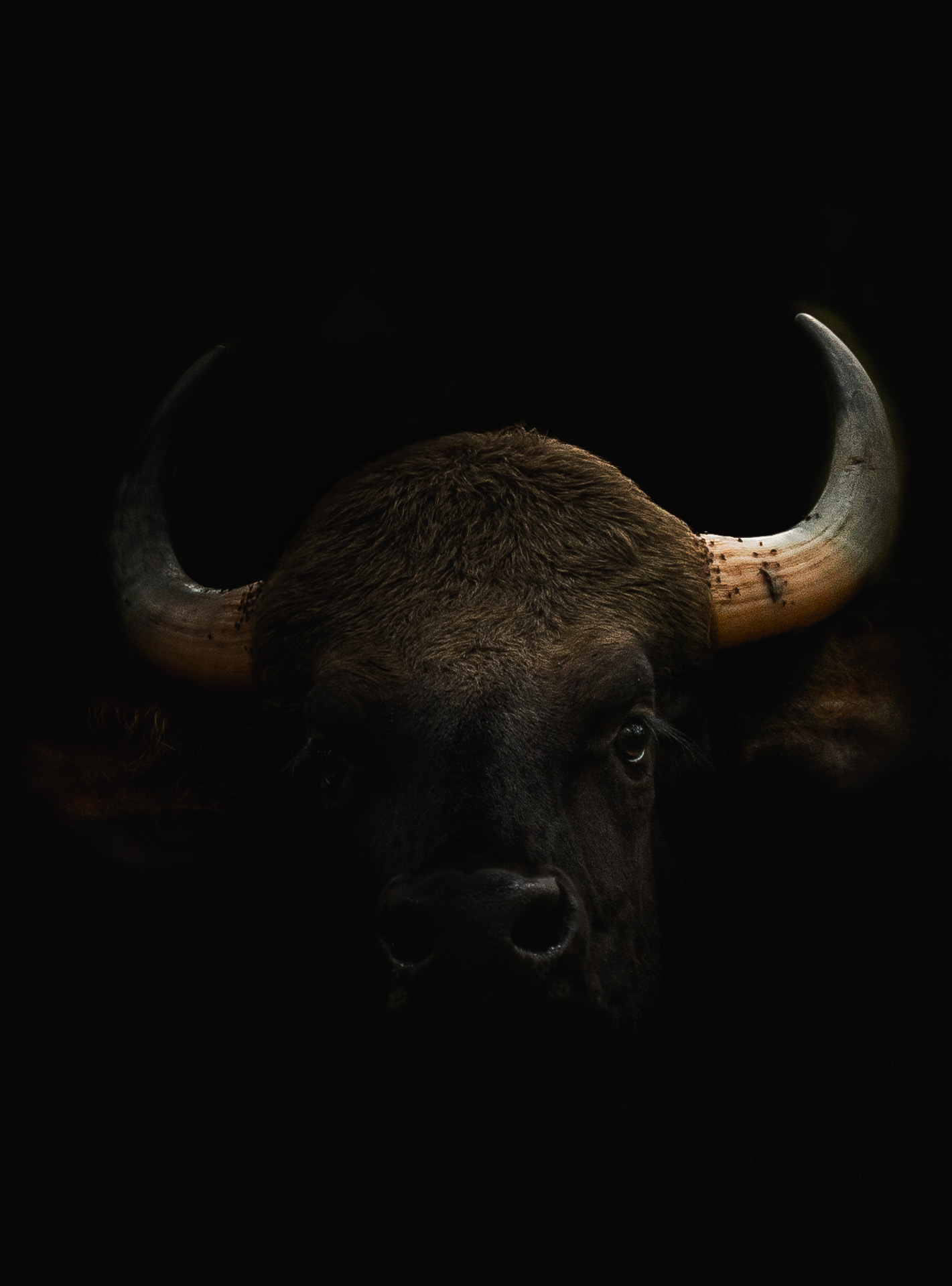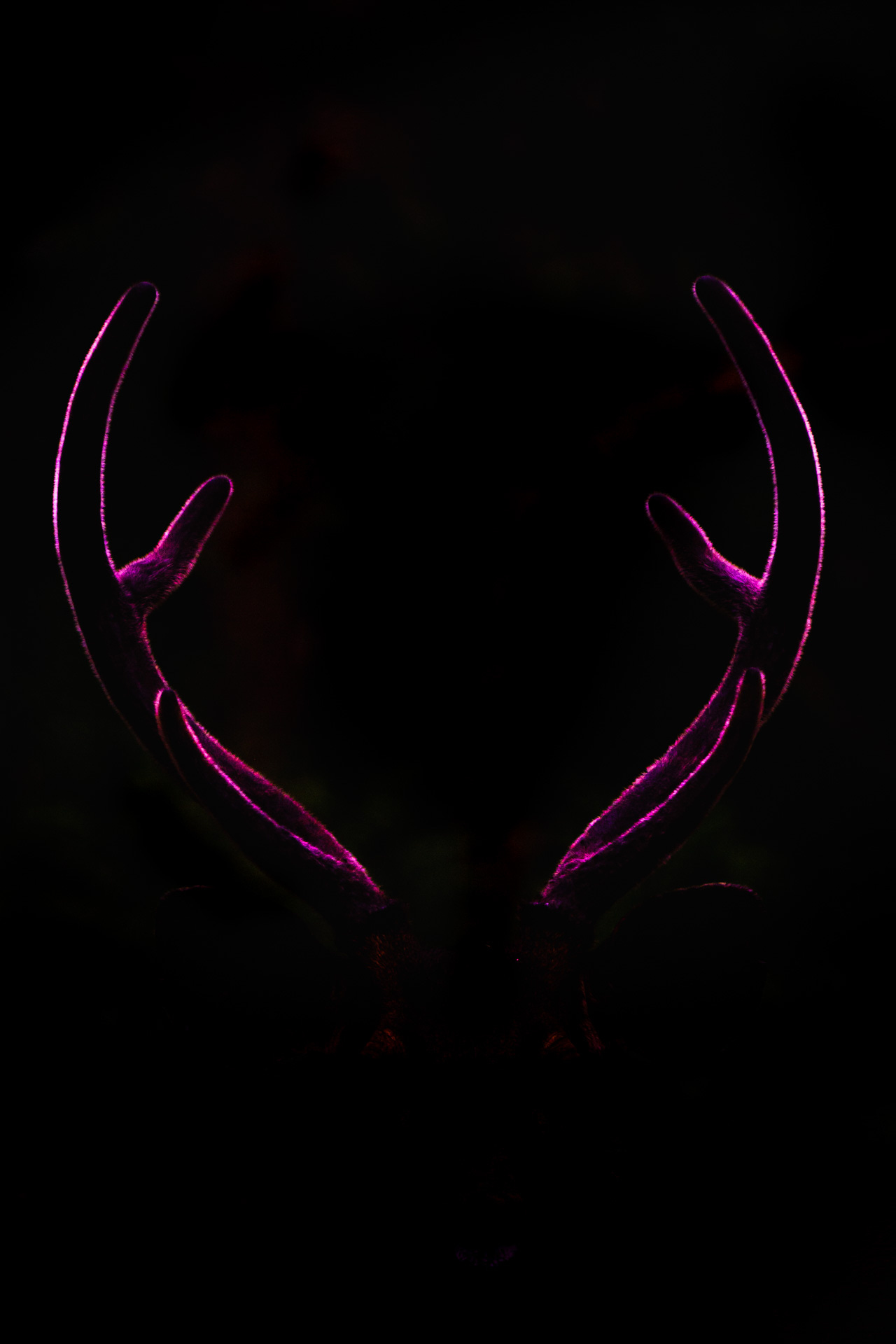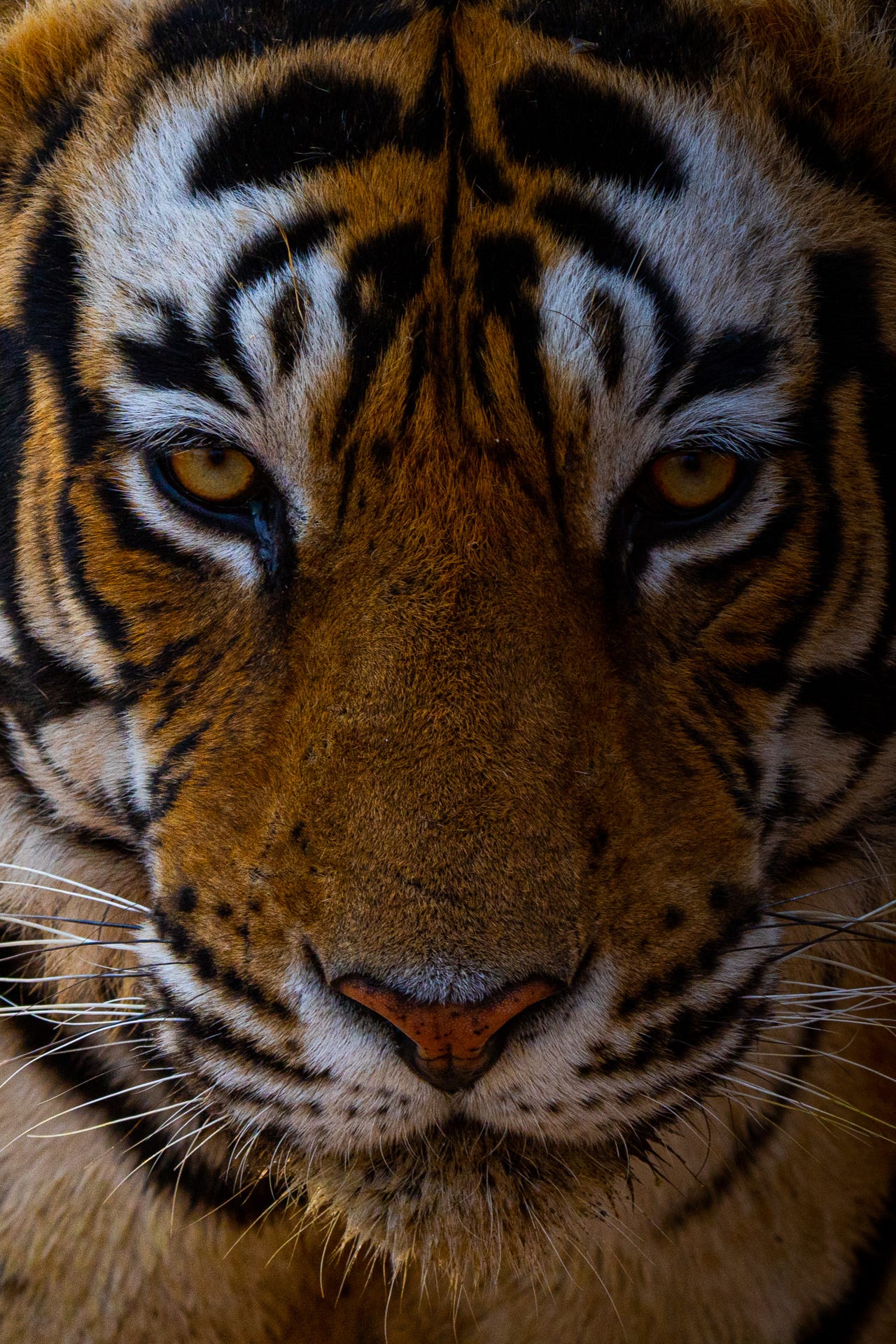Symmetry
Symmetry
Humans are naturally attracted to symmetry. Butterfly wings, architectural arches, and vaulted cathedral ceilings are all visually pleasing simply because they are symmetrical.
It has been theorized that the human attraction toward symmetry is because it is familiar. Most things in nature are symmetrical, leaves, flowers, and mountains are all usually symmetrical. So when we see objects that aren't symmetrical they look out of place or unusual.
As photographers, exploiting this obsession with symmetry can help you create exceptional images
How do you use symmetry in photography?
Symmetry is any form of reflection across an imaginary line in an image. there are multiple ways to achieve this effect in images.
True refection- True refection is when reflective surfaces such as water, glass, and mirrors are used to create symmetry. Place your subject over, under, or to the side of its reflection, and make sure they are aligned to create symmetry.
False symmetry - Symmetry is also achieved when two nearly identical subjects are composed with each other such that one reflects the other perfectly creating the illusion of symmetry
Artificial symmetry- You can also take a symmetrical subject such as skyscrapers, animals, and monuments, and compose them such that their centre aligns with the centre of your frame creating symmetry.
The human mind is built to chase symmetry, it pleases us. So exploiting this obsession makes photographs more attractive. However this doesn't always work, symmetry isn't a guaranteed way to make insane images, it's just another weapon in a photographer's arsenal.
Thanks for reading Scientia Šerida! Subscribe for free to receive new posts every week!
Did you enjoy this issue? Share it with a friend who might love it too.
For similar posts browse Scientia Šerida Archive
Find me on Instagram as @dhruv_matthan







